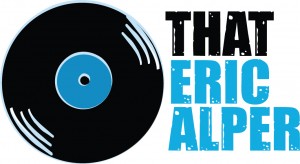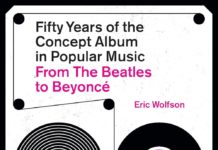“Imagine” is a cultural landmark. And the album it opens is one of John Lennon’s most important works, a bridge between the raw honesty of Plastic Ono Band and the lush production of his later solo years. While it’s been analyzed and praised for decades, here are five surprising facts about Imagine that reveal the depth, complexity, and contradictions behind the classic.
1. “Jealous Guy” Was Born in India—Sort Of
Before it was Jealous Guy, it was Child of Nature—a song Lennon wrote in 1968 after a lecture by the Maharishi Mahesh Yogi during the Beatles’ stay in Rishikesh. It was demoed at George Harrison’s home and nearly made it onto The White Album. But while Paul’s Mother Nature’s Son got the nod, John shelved the song—until he rewrote the lyrics into the deeply vulnerable Jealous Guy for Imagine. The melody survived intact, but the message changed from spiritual to self-reflective. It’s one of Lennon’s most emotionally naked moments—and it started with a mountain metaphor.
2. George Harrison’s Guitar Work on “Gimme Some Truth” Was Reluctantly Iconic
George Harrison’s blistering slide guitar on Gimme Some Truth cuts through the track like a musical truth serum. But George himself wasn’t entirely satisfied with it. Lennon, however, loved it. The solo’s sharpness and urgency echoed the song’s Vietnam-era political frustration. George had originally jammed on the tune during the Let It Be sessions, and years later, that frustration had only intensified. Ironically, his discomfort with the solo is part of what makes it so perfect: it’s raw, imperfect, and honest—much like the song itself.
3. “How Do You Sleep?” Is Less a Diss Track Than a Catharsis
Much has been made of How Do You Sleep?, Lennon’s scathing response to Paul McCartney’s digs on Ram. But in 1980, Lennon admitted the track was more about channeling his own bitterness than attacking Paul. It was, as he put it, “a song of resentment,” not hatred. The irony? George Harrison—Paul’s old mate—plays that gorgeous slide guitar on it. And the cinematic string arrangement? That’s Phil Spector, turning spite into sonic beauty. Decades later, it reads less like a feud and more like therapy set to music.
4. “Oh Yoko!” Was Almost a Single—But Lennon Thought It Was Too Catchy
EMI begged Lennon to release Oh Yoko! as a single. With its infectious melody, joyous vocals, and raw affection for Yoko Ono, it seemed like a surefire hit. But Lennon refused—he thought it was too pop. Ironically, it’s now one of his most beloved solo songs. It also marked one of the rare times Lennon let himself be completely unguarded on tape, embracing pop sentimentality without a hint of irony. Sometimes, the simplest love songs are the most enduring.
5. The Album’s Cover Was Shot on a Polaroid, Not by Andy Warhol
For years, fans believed the dreamy cover image of Lennon bathed in soft light was shot by Andy Warhol. Makes sense, right? It had that aesthetic. But in truth, the photo was snapped by Yoko Ono using a Polaroid camera. The back cover even features a quote from Ono’s Grapefruit—the same book that inspired much of Imagine’s philosophy. It’s another reminder that Ono wasn’t just a muse or partner; she was a collaborator, quietly shaping Lennon’s most enduring solo statement.
Imagine remains a musical and emotional touchstone, a work of disarming clarity wrapped in lush arrangements. These lesser-known details only deepen its legacy and remind us: the more we dig into Lennon’s post-Beatles world, the more we find ourselves staring back at our own. Imagine that.







